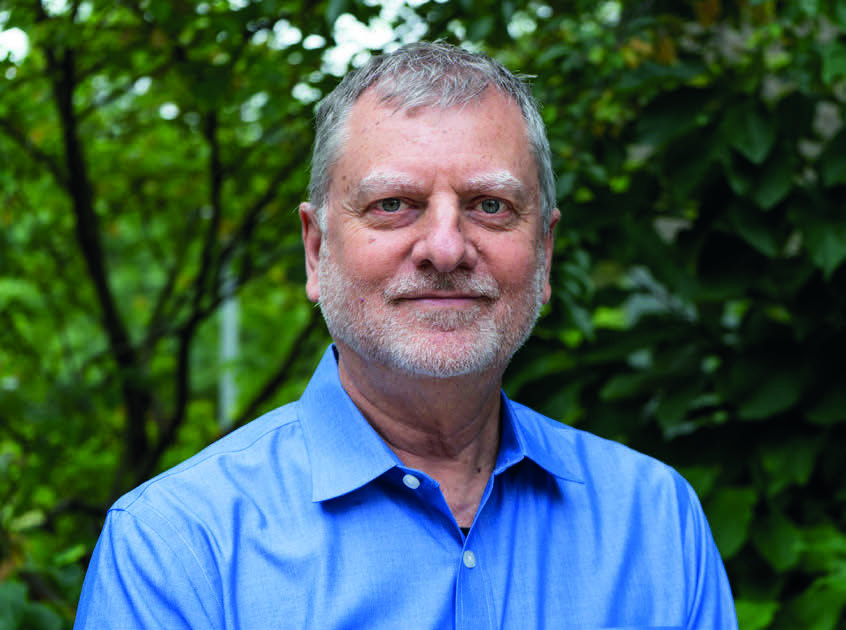
ASLA Interview on Green Infrastructure in Philadelphia (2018)
Interview conducted by Jared Green at the ASLA 2018 Annual Meeting & EXPO in Philadelphia and posted to the ASLA website.
What if after years of extensive exploration of the Milky Way, we find out that the Earth is the only planet able to support life?
Author Ignacio Bunster-Ossa presents an epic sci-fi tale that explores a future where humanity is faced with having to save the only planet it can ever call home.
Housed in millions of pods in geosynchronous orbit, people have learned to enjoy a carefree and everlasting existence. Below, a legion of terranauts, tasked with saving the biodiversity of the planet, travail the continents and deliver to the orbital world spellbinding images of the Earth’s pristine flora and fauna.
Now, Homo-spaciens must guard Nature and over time populate other orbs with the gathered seeds. But all is not well. Resistors are plotting to recolonize the planet, mining exotic biota from deep in Amazonia to finance the operation. The sinful plan comes to life and innocent terranauts risk all to expose the perpetrators. If they fail, the planet’s pristine aura will once again be compromised. But the terranauts are not alone. An alien intelligence is following their every step and secretly intercedes to secure a just, if tragic, outcome. Humanity will never be the same.
In this epic story of good and evil, Author Ignacio Bunster-Ossa immerses the reader into bi-polar worlds: one for people, supported by hyper-advanced technology, and another strictly for wildlife, bio-regulated as Darwin posited in On the Origin of the Species. In ALFIE these worlds collide in the only way they can: over the elemental need to sustain life, drawing out vice and virtue in equal measures.

Ignacio F. Bunster-Ossa is a Philadelphia-based award-winning landscape architect and urban designer. He is the author of “Reconsidering Ian McHarg: the Future re of Urban Ecology,” “Of Leaves, Limbs, and Hope: A Portrait of Philadelphia’s Urban Forest in Times of a Pandemic,” and “ALFIE: Earth’s Last Hope,” a work of science fiction that examines the role of artificial intelligence in advancing environmentalism.
He periodically teaches and lectures on landscape architecture in leading universities, nationally and internationally. He serves on academic and non-governmental advisory boards, such as the Ian L. McHarg Center for Urbanism and Ecology, and Nature Sacred, a non-profit organization devoted to the provision of nature-based public health.

Interview conducted by Jared Green at the ASLA 2018 Annual Meeting & EXPO in Philadelphia and posted to the ASLA website.

the Collaborative is pleased to welcome a hard-working nice guy, and one of America’s leading landscape architects and urban designers to head the firm’s Landscape Urbanism and Resilience practice.